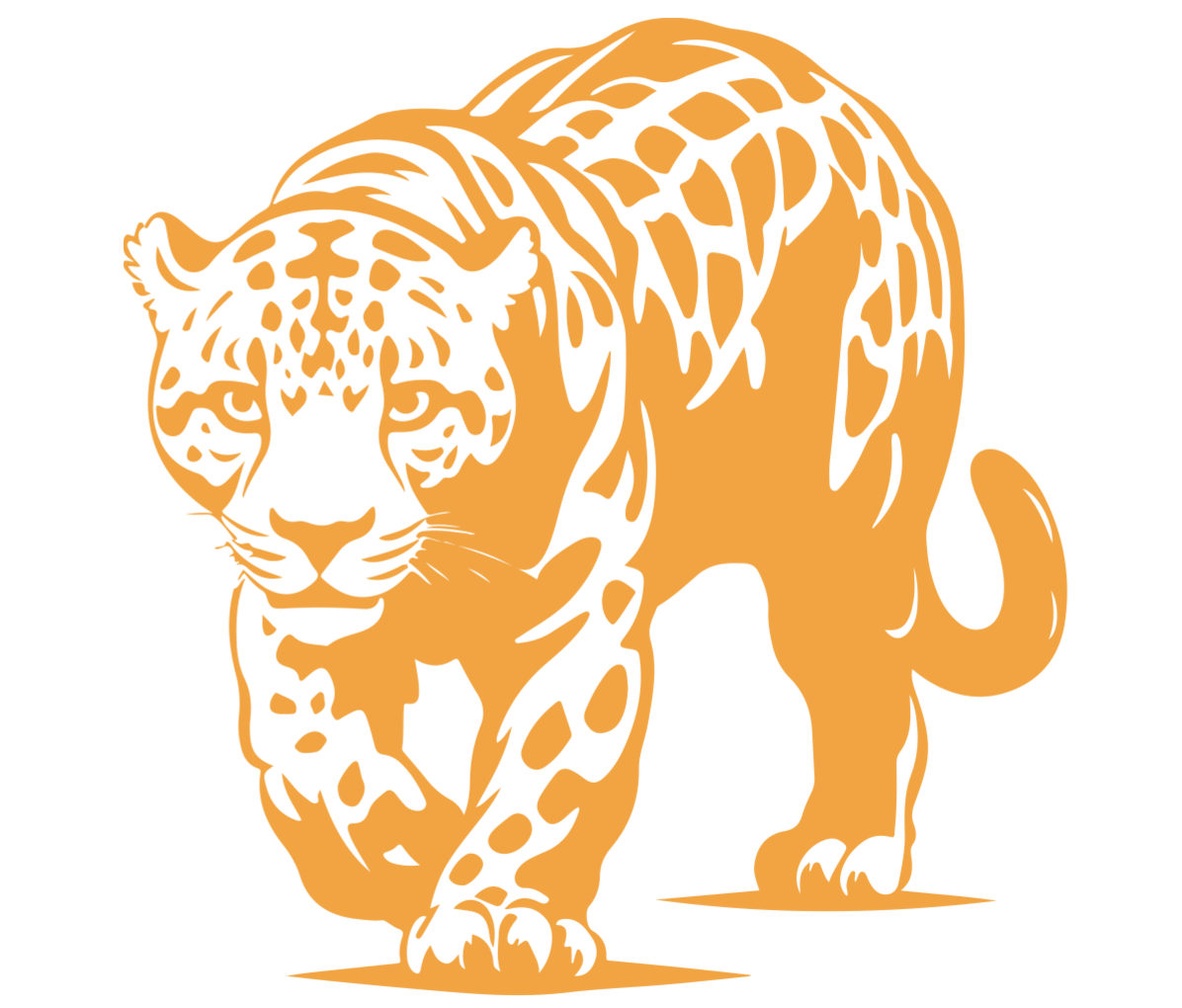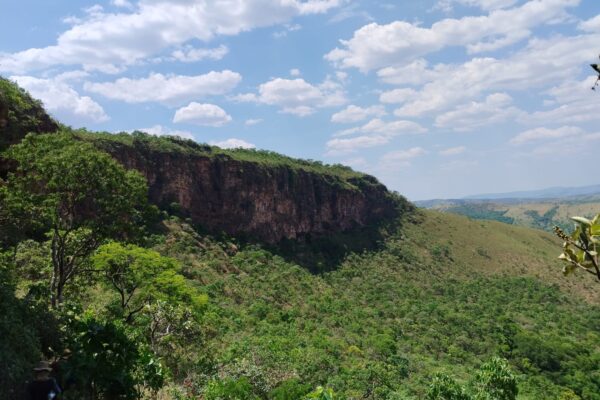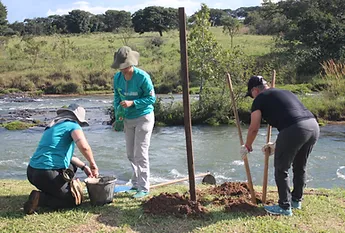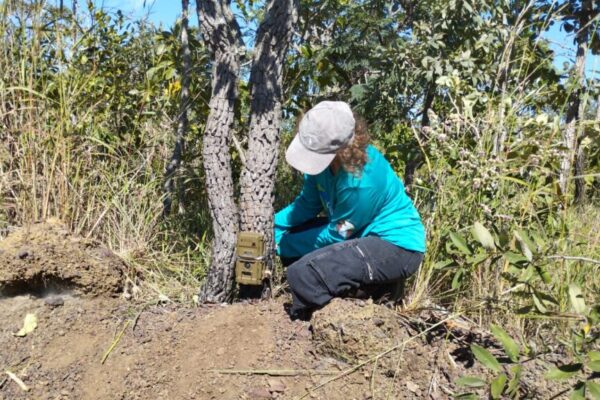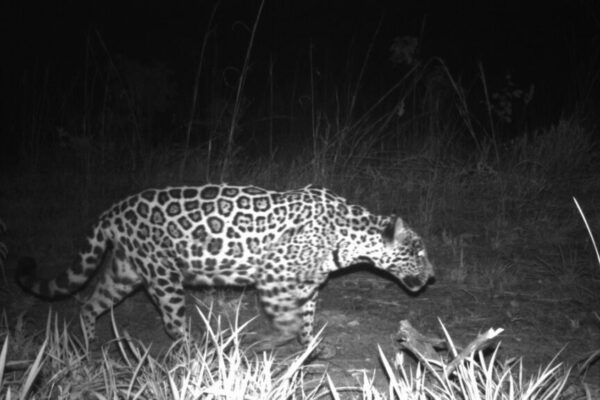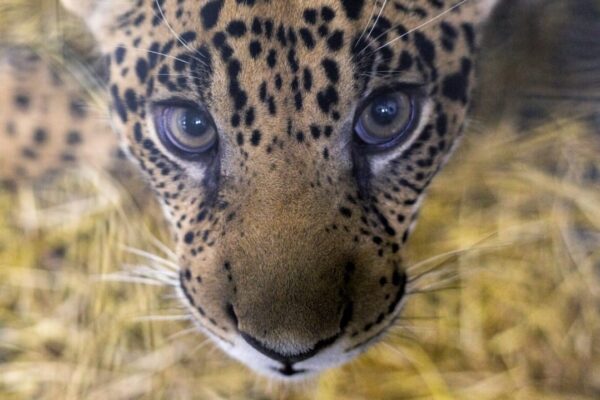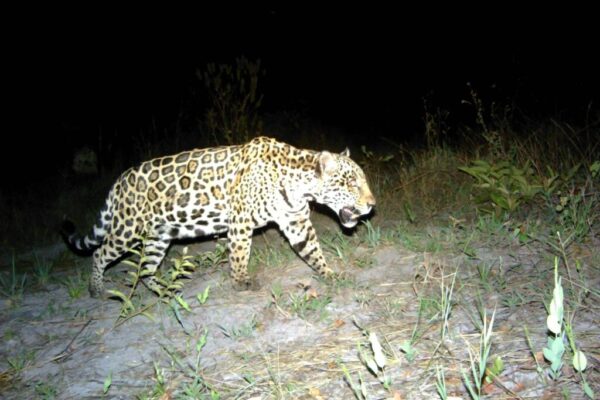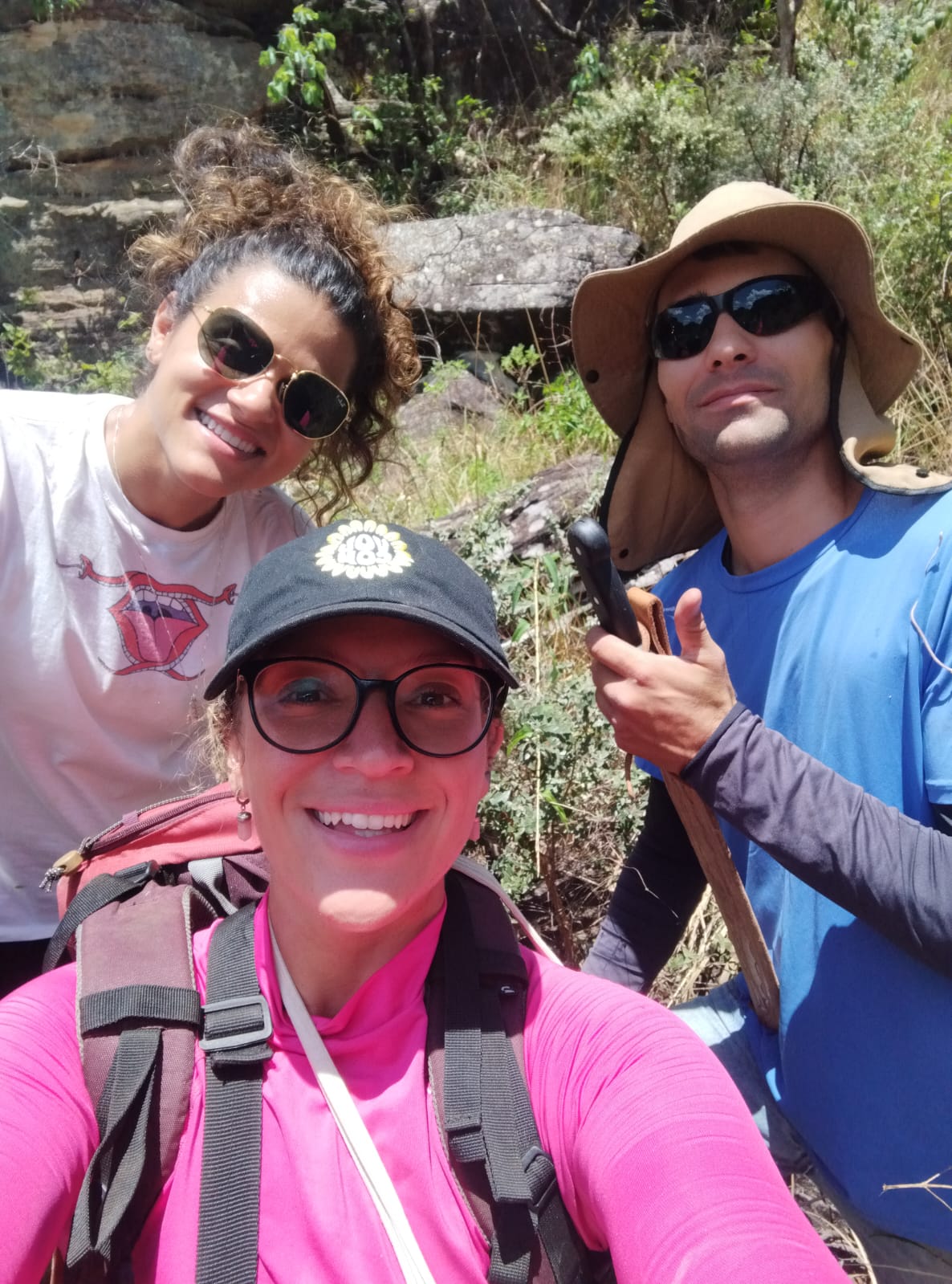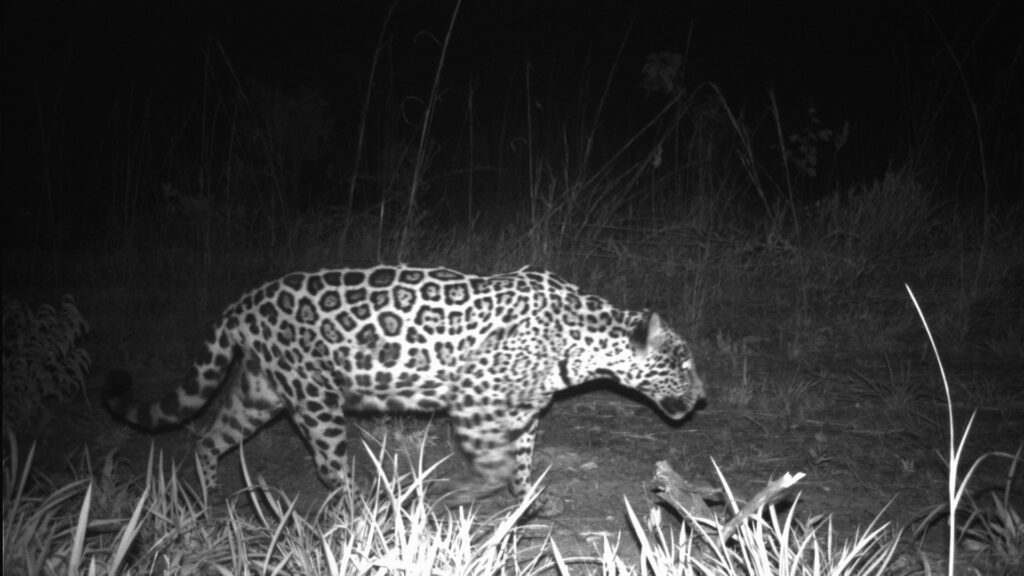where our passion drives impactful change
With a dedicated focus on large carnivore conservation, women’s empowerment in science, and climate change mitigation across Latin America, we embark on a journey of transformation. Our unique approach blends community-driven initiatives with innovative solutions, fostering a harmonious balance between biodiversity conservation and sustainable livelihoods. Together, we strive to create a future where both wildlife and communities thrive in harmony with nature.
Our Services
Blog
Local community takes an active role in wildlife conservation efforts
Local Community Takes Active Role in Wildlife Conservation Efforts
Urban Jaguars Make Stunning Return to Brasília National Park After 60 Years
In a remarkable turn of events, urban jaguars have made a triumphant comeback to Brasília National Park, marking their first appearance in over 60 years.…
